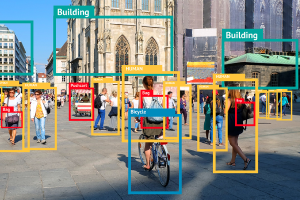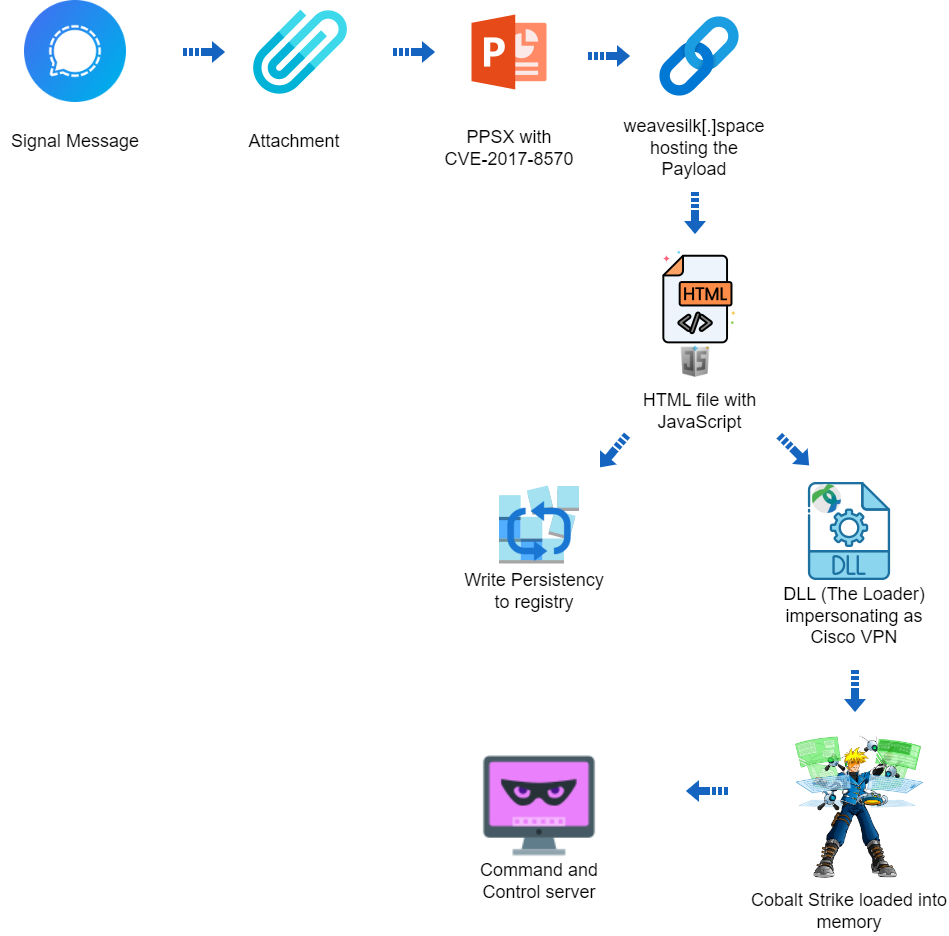
Depending on the day’s most popular headlines, AI is either a panacea or the ultimate harbinger of doom. We could solve the world’s problems if we just asked the algorithm how. Or it’s going to take your job and become too smart for its own good. The truth, as per usual, lies somewhere in between. AI will likely have plenty of positive impacts that do not change the world while also offering its fair share of negativity that isn’t society-threatening. To identify the happy medium requires answering some interesting questions about the appropriate use of AI.
1. Can we use AI without human oversight?
The full answer to this question could probably fill volumes, but we won’t go that far. Instead, we can focus on a use case that is becoming increasingly popular and democratized: generative AI assistants. By now, you’ve likely used ChatGPT or Bard or one of the dozens of platforms available to anyone with a computer. But can you prompt these algorithms and be wholly satisfied with what they spit out?
The short answer is, “no.” These chatbots are quite capable of hallucinations, instances where the AI will make up answers. The answers it provides come from the algorithm’s set of training data but may not actually be traceable back to real-life knowledge. Take the recent story of a lawyer who presented a brief in a courtroom. It turns out, he used ChatGPT to write the entire brief, wherein the AI cited fake cases to support the brief.1
When it comes to AI, human oversight will likely always be necessary. Whether the model is analyzing weather patterns to predict rainfall or evaluating a business model, it can still make mistakes or even provide answers that do not make logical sense. Appropriate use of AI, especially with tools like ChatGPT and its ilk, requires a human fact checker.
2. Can AI creators fix algorithmic bias after the fact?
Again, this is a question more complicated than this space allows. But, we can attempt to examine a narrower application of the question. Consider that many AI algorithms in the real-world have been found to exhibit discriminatory behavior. For example, one AI had a much larger error rate depending on the sex or race of subjects. Another incorrectly classified inmate risk, leading to disproportionate rates of recidivism.2
So, can those who write these algorithms fix these concerns once the model is live? Yes, engineers can always revisit their code and attempt to adjust after publishing their models. However, the process of evaluating and auditing can be an ongoing endeavor. What AI creators can do instead is to focus on reflecting values in their models’ infancy.
Algorithms’ results are only as strong as the data on which they were trained. If a model is trained on a population of data disproportionate to the population it’s trying to evaluate, those inherent biases will show up once the model is live. However robust a model is, it will still lack the basic human understanding of what is right vs. wrong. And it likely cannot know if a user is leveraging it with nefarious intent in mind.
While creators can certainly make changes after building their models, the best course of action is to focus on engraining the values the AI should exhibit from day one.
3. Who is responsible for an AI’s actions?
A few years ago, an autonomous vehicle struck and killed a pedestrian.3 The question that became the incident’s focus was, “who was responsible for the accident?” Was it Uber, whose car it was? The operator of the car? In this case, the operator of the vehicle, who sat in the car, was charged with endangerment.
But what if the car had been empty and entirely autonomous? What if an autonomous car didn’t recognize a jaywalking pedestrian because the traffic signal was the right color? As AI finds its way into more and more public use cases, the question of responsibility looms large.
Some jurisdictions, such as the EU, are moving forward with legislation governing AI culpability. The rule will strive to establish different “obligations for providers and users depending on the level of risk from” AI.
It’s in everyone’s best interest to be as careful as possible when using AI. The operator in the autonomous car might have paid more attention to the road, for example. People sharing content on social media can do more due diligence to ensure what they’re sharing isn’t a deepfake or other form of AI-generated content.
4. How do we balance AI’s benefits with its security/privacy concerns?
This may just be the most pressing question of all those related to appropriate use of AI. Any algorithm needs vast quantities of training data to develop. In cases where the model will evaluate real-life people for anti-fraud measures, for example, it will likely need to be trained on real-world information. How do organizations ensure the data they use isn’t at risk of being stolen? How do individuals know what information they’re sharing and what purposes it’s being used for?
This large question is clearly a collage of smaller, more specific questions that all attempt to get to the heart of the matter. The biggest challenge related to these questions for individuals is whether they can trust the organizations ostensibly using their data for good or in a secure fashion.
5. Individuals must take action to ensure appropriate use of their information
For individuals concerned about whether their information is being used for AI training or otherwise at risk, there are some steps they can take. The first is to always make a cookies selection when browsing online. Now that the GDPA and CCPA are in effect, just about every company doing business in the U.S. or EU must place a warning sign on their website that it collects browsing information. Checking those preferences is a good way to keep companies from using information when you don’t want them to.
The second is to leverage third-party tools like McAfee+, which provides services like VPNs, privacy and identity protection as part of a comprehensive security platform. With full identity-theft protection, you’ll have an added layer of security on top of cookies choices and other good browsing habits you’ve developed. Don’t just hope that your data will be used appropriately — safeguard it, today.
The post Safer AI: Four Questions Shaping Our Digital Future appeared first on McAfee Blog.





